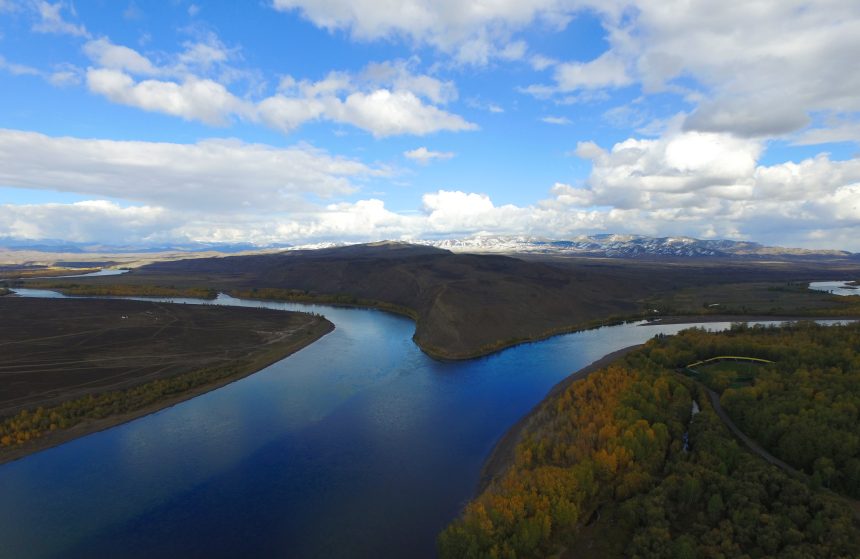Rivers have shaped civilizations, carved landscapes, and fueled life for millennia. When it comes to the top ten longest rivers in the world, you’re looking at nature’s mightiest watercourses, stretching thousands of miles across continents. From the iconic Nile River in Africa, often crowned the longest river globally, to the powerful Amazon River in South America, these waterways are more than just geographical wonders. They’re lifelines for millions, supporting ecosystems, agriculture, and trade. The Yangtze River in China, the Mississippi River in North America, and the Yenisei River in Russia also rank among these giants, each with unique stories of length, depth, and cultural impact.Exploring the longest rivers means diving into their massive drainage basins, jaw dropping volumes of water, and the regions they dominate. The Congo River, for instance, cuts through dense rainforests, while the Ob Irtysh River system winds across Siberia’s vast plains. Then there’s the Paraná River, flowing through South America, and Australia’s Murray Darling, holding its own despite a shorter length compared to its global peers. Ranking these top ten rivers in the world isn’t just about distance, it’s about their influence on history, climate, and human survival. Whether you’re a geography buff or just curious, the sheer scale of these rivers, from the Nile’s 4132 miles to the Murray Darling’s still impressive 2300 plus miles, will leave you in awe.
This lineup of the world’s longest rivers showcases nature at its grandest. Think sprawling deltas, untamed currents, and banks that have witnessed empires rise and fall. Want to know more about these incredible waterways? Their lengths, paths, and the lives they sustain make them a topic worth exploring deeper. Stick around to uncover what makes each of these top ten rivers a global heavyweight in its own right.
Top Ten Longest Rivers in the World
10. Amur-Argun River
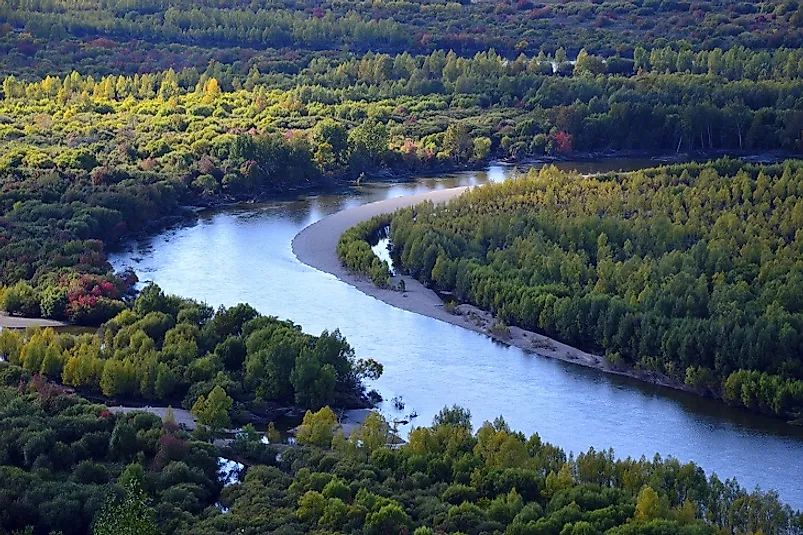 Length: Approximately 4,444 km.Location: Forms the border between Russia and China, flowing through northeastern Asia.Key Facts: Known as the Black Dragon River in China, it’s the tenth longest river in the world. It’s significant for its biodiversity, hosting species like the Amur tiger and leopard, and is a vital waterway for fishing and transportation. The river’s basin covers about 1,844,000 square kilometers, making it one of the largest in Russia and China.
Length: Approximately 4,444 km.Location: Forms the border between Russia and China, flowing through northeastern Asia.Key Facts: Known as the Black Dragon River in China, it’s the tenth longest river in the world. It’s significant for its biodiversity, hosting species like the Amur tiger and leopard, and is a vital waterway for fishing and transportation. The river’s basin covers about 1,844,000 square kilometers, making it one of the largest in Russia and China.
9. Congo-Chambeshi River
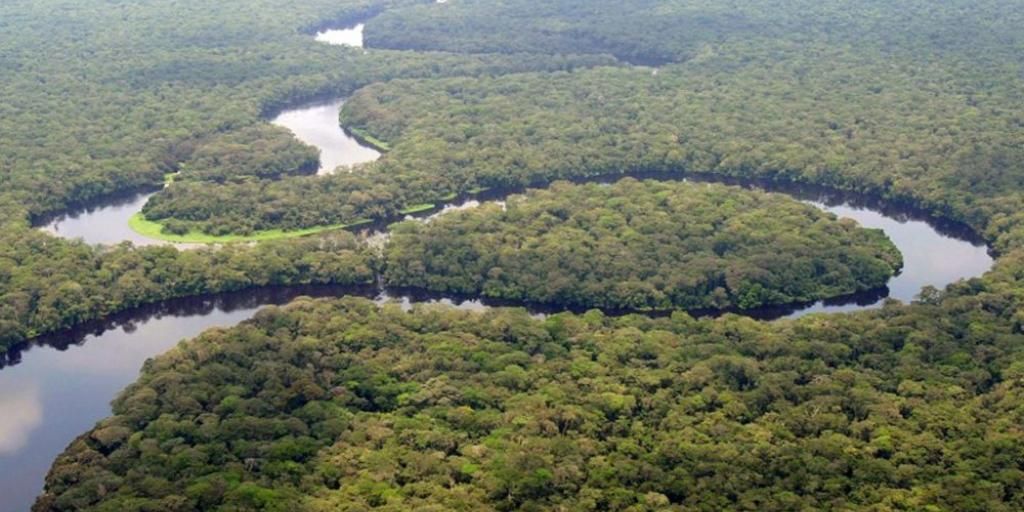 Length: Approximately 4,700 km.Location: Flows through the Democratic Republic of the Congo, Republic of the Congo, and parts of Central Africa.Key Facts: It’s the second-longest river in Africa and the ninth-longest globally, with depths up to 220 meters, making it the world’s deepest river. It’s unique for crossing the equator twice, supporting a vast rainforest ecosystem, and playing a crucial role in transportation and history, often linked to tales like “Heart of Darkness”.
Length: Approximately 4,700 km.Location: Flows through the Democratic Republic of the Congo, Republic of the Congo, and parts of Central Africa.Key Facts: It’s the second-longest river in Africa and the ninth-longest globally, with depths up to 220 meters, making it the world’s deepest river. It’s unique for crossing the equator twice, supporting a vast rainforest ecosystem, and playing a crucial role in transportation and history, often linked to tales like “Heart of Darkness”.
8. Parana-Rio de la Plata
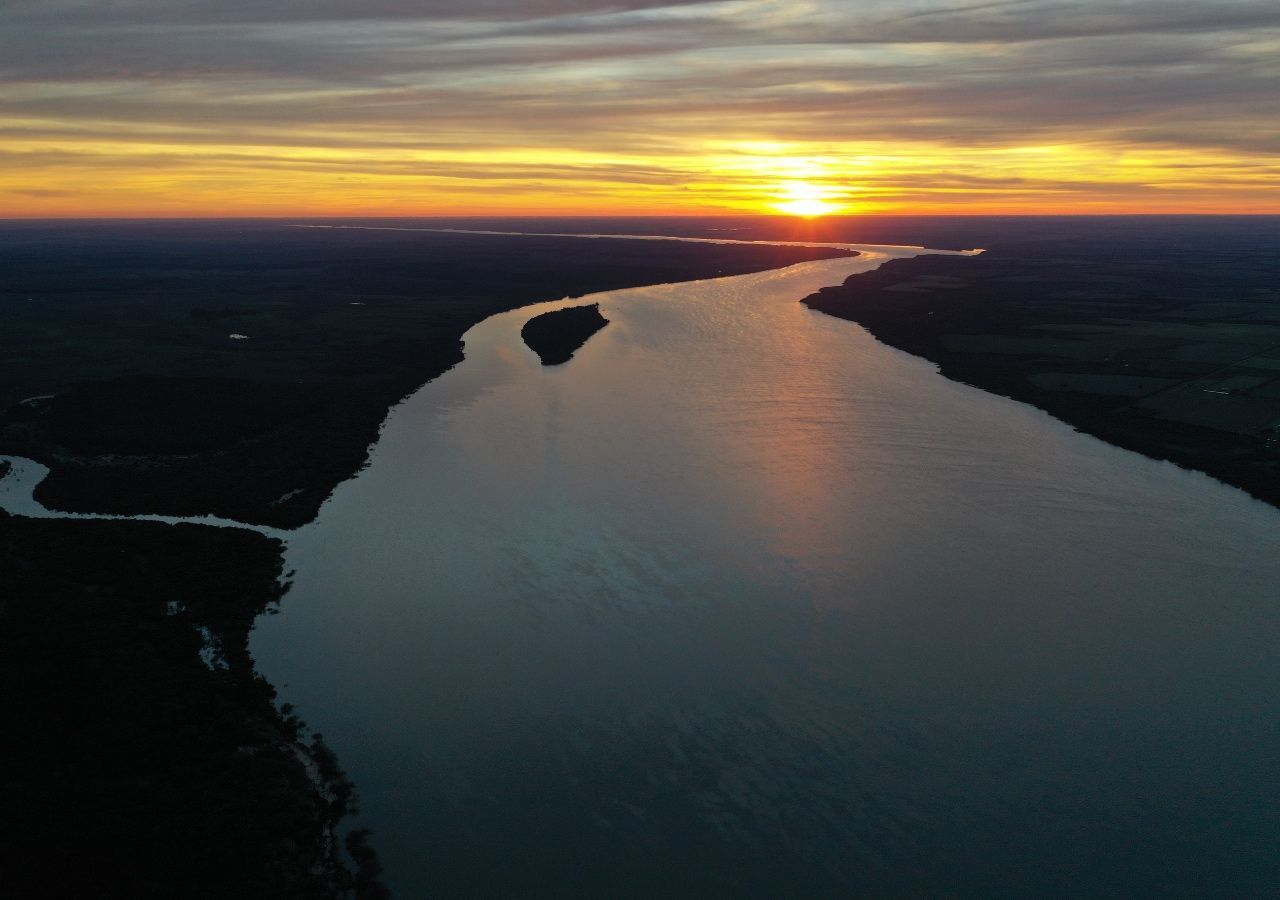 Length: Approximately 4,880 km.Location: South America, flowing through Brazil, Paraguay, Argentina, and Uruguay.Key Facts: The second-longest river in South America, it’s vital for hydroelectric power, notably with the Itaipu Dam, one of the largest globally. It forms part of international borders and supports agriculture, with a drainage basin of about 2,800,000 square kilometers.
Length: Approximately 4,880 km.Location: South America, flowing through Brazil, Paraguay, Argentina, and Uruguay.Key Facts: The second-longest river in South America, it’s vital for hydroelectric power, notably with the Itaipu Dam, one of the largest globally. It forms part of international borders and supports agriculture, with a drainage basin of about 2,800,000 square kilometers.
7. Ob-Irtysh River
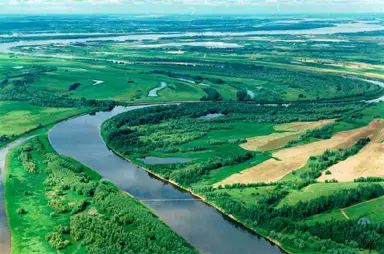 Length: Approximately 5,410 km.Location: Spans Russia, China, and Kazakhstan, draining Western Siberia.Key Facts: The seventh-longest river system, it’s crucial for transportation, especially in Siberia, with several hydroelectric dams. The Ob River proper is 3,650 km, and the Irtysh adds 4,248 km, making it a significant ecological corridor with diverse taiga and tundra ecosystems.
Length: Approximately 5,410 km.Location: Spans Russia, China, and Kazakhstan, draining Western Siberia.Key Facts: The seventh-longest river system, it’s crucial for transportation, especially in Siberia, with several hydroelectric dams. The Ob River proper is 3,650 km, and the Irtysh adds 4,248 km, making it a significant ecological corridor with diverse taiga and tundra ecosystems.
6. Yellow River
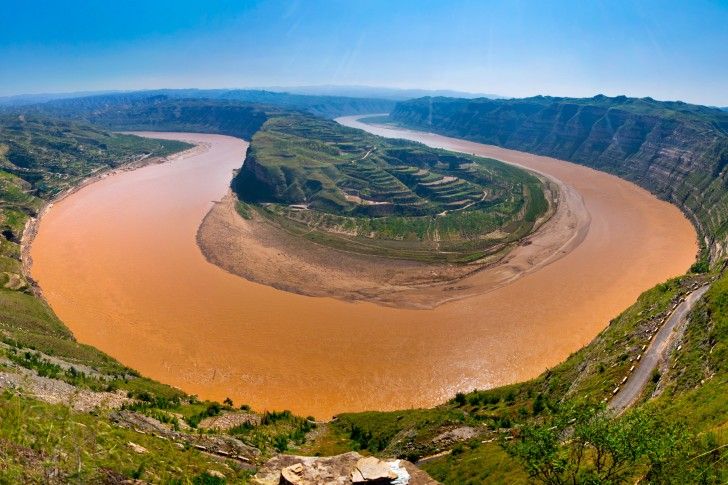 Length: Approximately 5,464 km.Location: China, flowing through nine provinces.Key Facts: Known as the “Mother River” of China, it’s the second-longest in the country and sixth-longest globally. It’s the cradle of Chinese civilization, with a history of devastating floods, and carries significant silt, giving it its yellow hue. It supports agriculture for millions, despite pollution challenges (Yellow River – Britannica).
Length: Approximately 5,464 km.Location: China, flowing through nine provinces.Key Facts: Known as the “Mother River” of China, it’s the second-longest in the country and sixth-longest globally. It’s the cradle of Chinese civilization, with a history of devastating floods, and carries significant silt, giving it its yellow hue. It supports agriculture for millions, despite pollution challenges (Yellow River – Britannica).
5. Yenisei-Angara-Selenga River
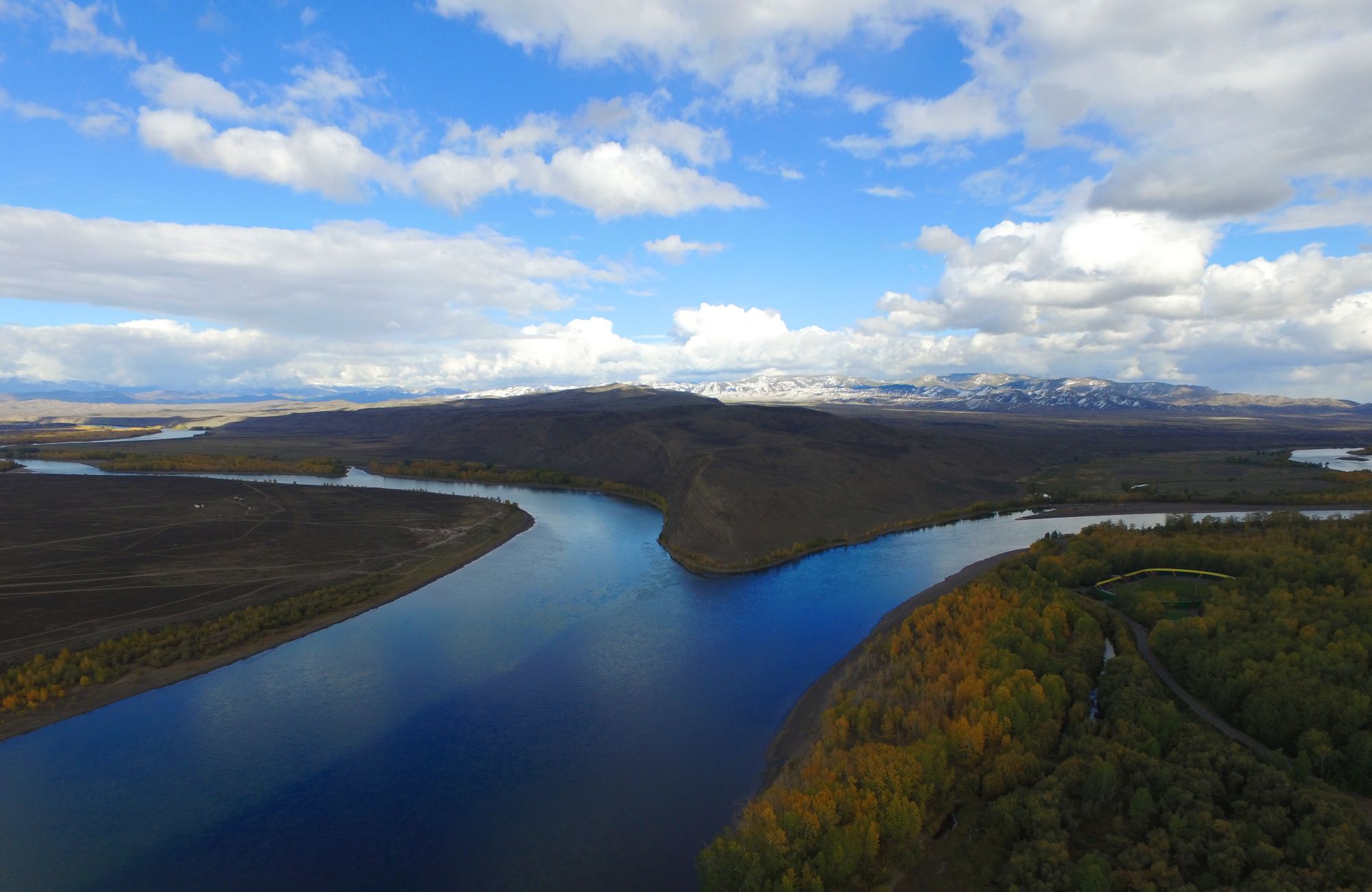 Length: Approximately 5,539 km.Location: Russia and Mongolia, draining into the Arctic Ocean.Key Facts: The fifth-longest river, it’s the largest system flowing to the Arctic, with a significant role in hydroelectric power, including the Krasnoyarsk Dam. It’s known for ice-bound periods and supports over 50 fish species, with a basin covering 2.5 million square kilometers (Yenisei River – Britannica).
Length: Approximately 5,539 km.Location: Russia and Mongolia, draining into the Arctic Ocean.Key Facts: The fifth-longest river, it’s the largest system flowing to the Arctic, with a significant role in hydroelectric power, including the Krasnoyarsk Dam. It’s known for ice-bound periods and supports over 50 fish species, with a basin covering 2.5 million square kilometers (Yenisei River – Britannica).
4. Mississippi-Missouri-Red Rock River

Length: Approximately 6,275 km.Location: United States, from Minnesota to the Gulf of Mexico.Key Facts: The fourth-longest river system, it’s a cultural and economic lifeline, featured in American literature like Mark Twain’s works. It drains 31 states, supports diverse wildlife, and is vital for commerce, with a basin covering over 1.2 million square miles (Mississippi River – Britannica).
3. Yangtze River
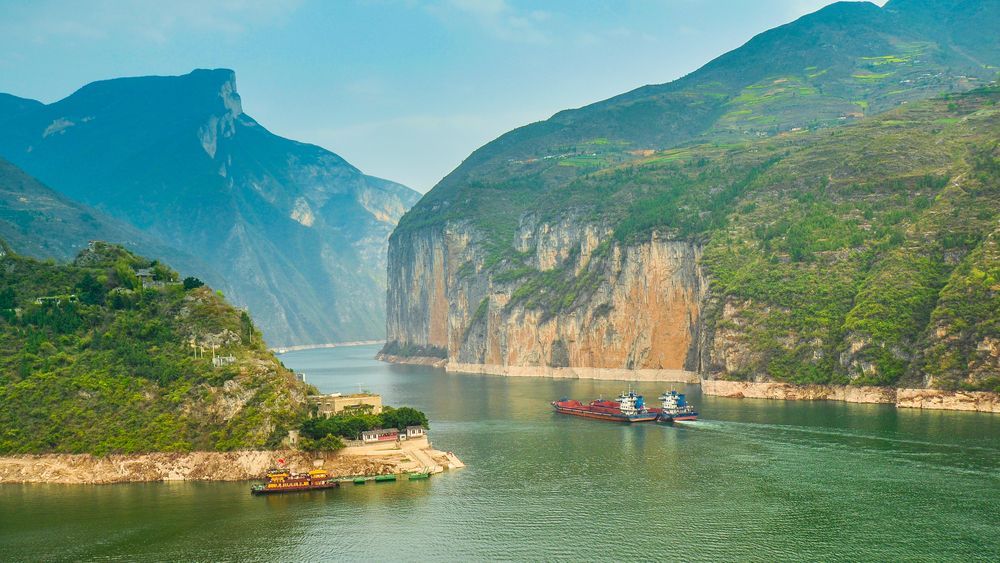
Length: Approximately 6,300 km.Location: China, flowing entirely within the country.Key Facts: The longest river in Asia and third-longest globally, it’s a major economic artery, generating 20% of China’s GDP in its delta. It hosts the Three Gorges Dam, the world’s largest hydroelectric station, and supports 400 million people, with rich biodiversity (Yangtze River – Britannica).
2. Amazon River
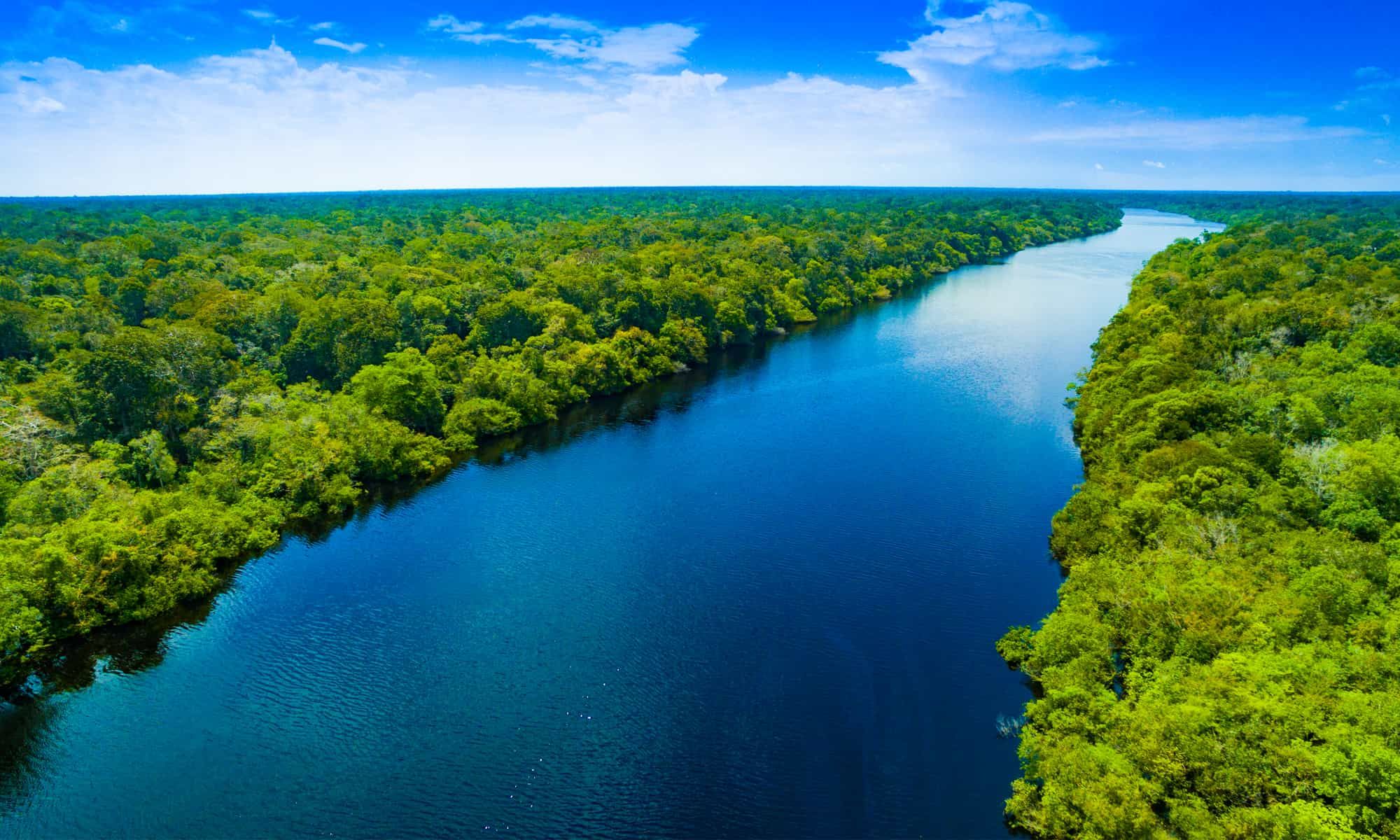
Length: Approximately 6,400 km.Location: South America, primarily Brazil and Peru, with tributaries in multiple countries.Key Facts: The second-longest river, it has the largest water volume, discharging 219,000 cubic meters per second. It’s central to the Amazon rainforest, supporting global climate regulation, with over 1,100 tributaries and diverse wildlife (Amazon River – Britannica).
1. Nile River
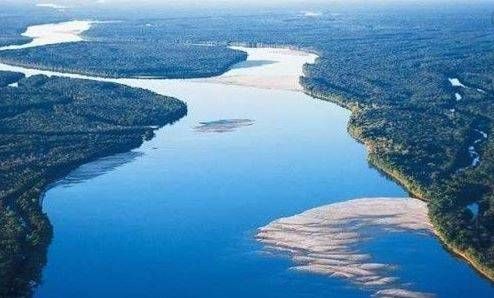
Length: Approximately 6,650 km.Location: Africa, flowing through 11 countries, including Egypt, Sudan, and Ethiopia.Key Facts: Likely the longest river, it’s vital for ancient Egyptian civilization, providing irrigation and transportation. It supports agriculture for millions today, with two main tributaries, the White Nile and Blue Nile, and a basin covering 3.25 million square kilometers (Nile River – Britannica).

